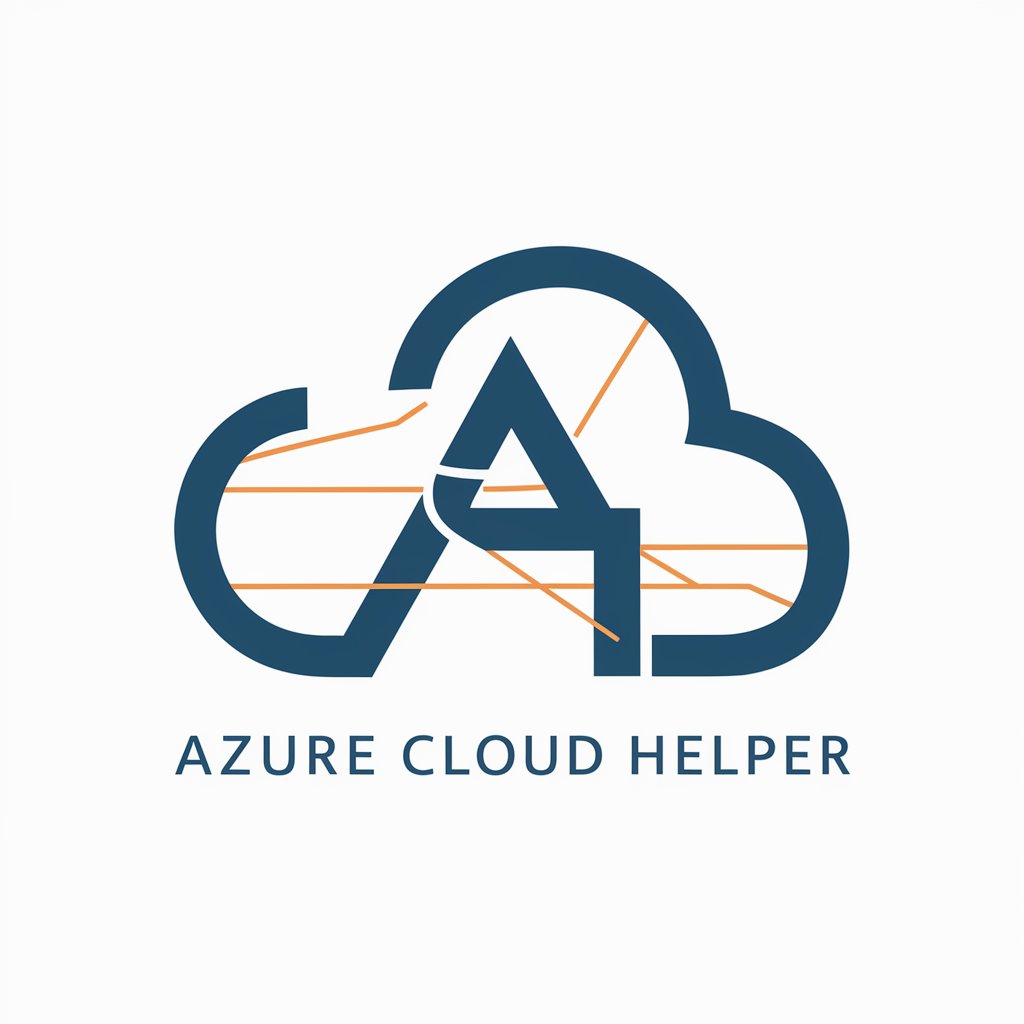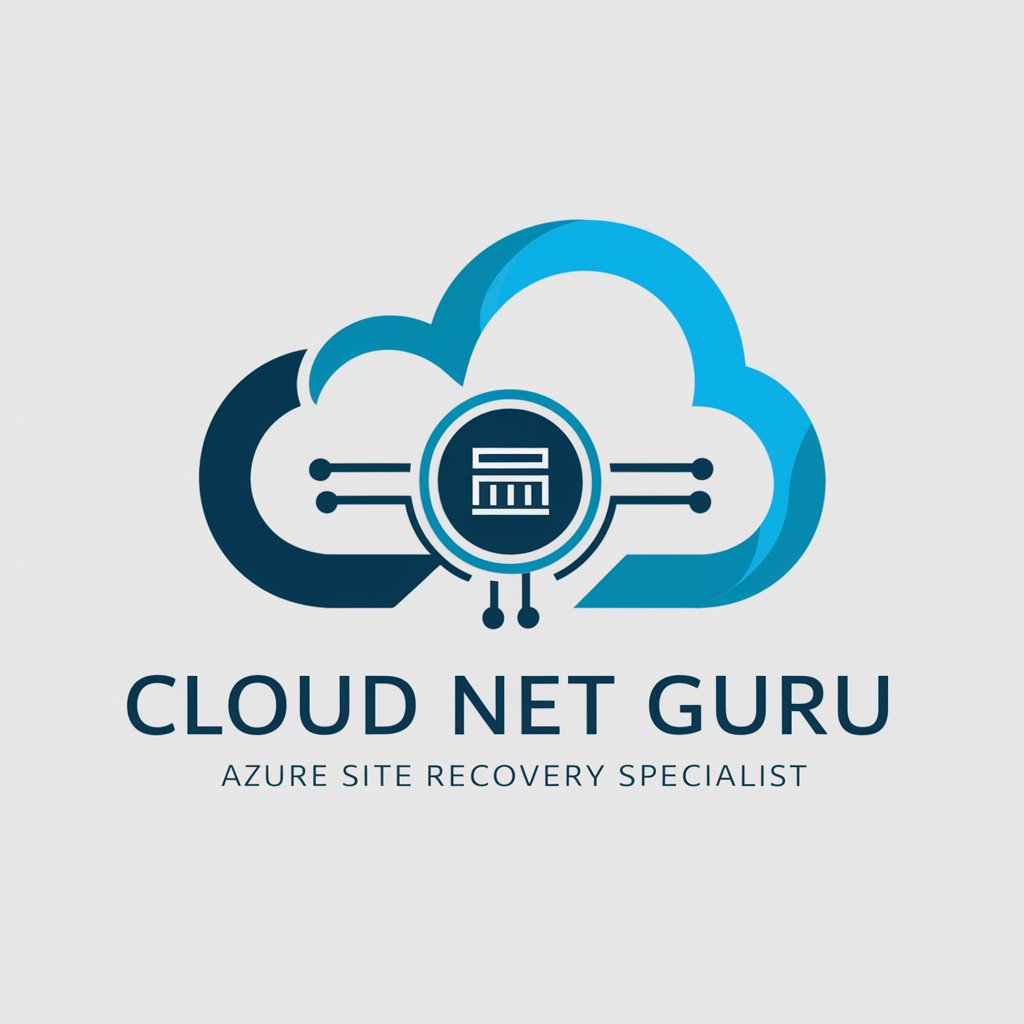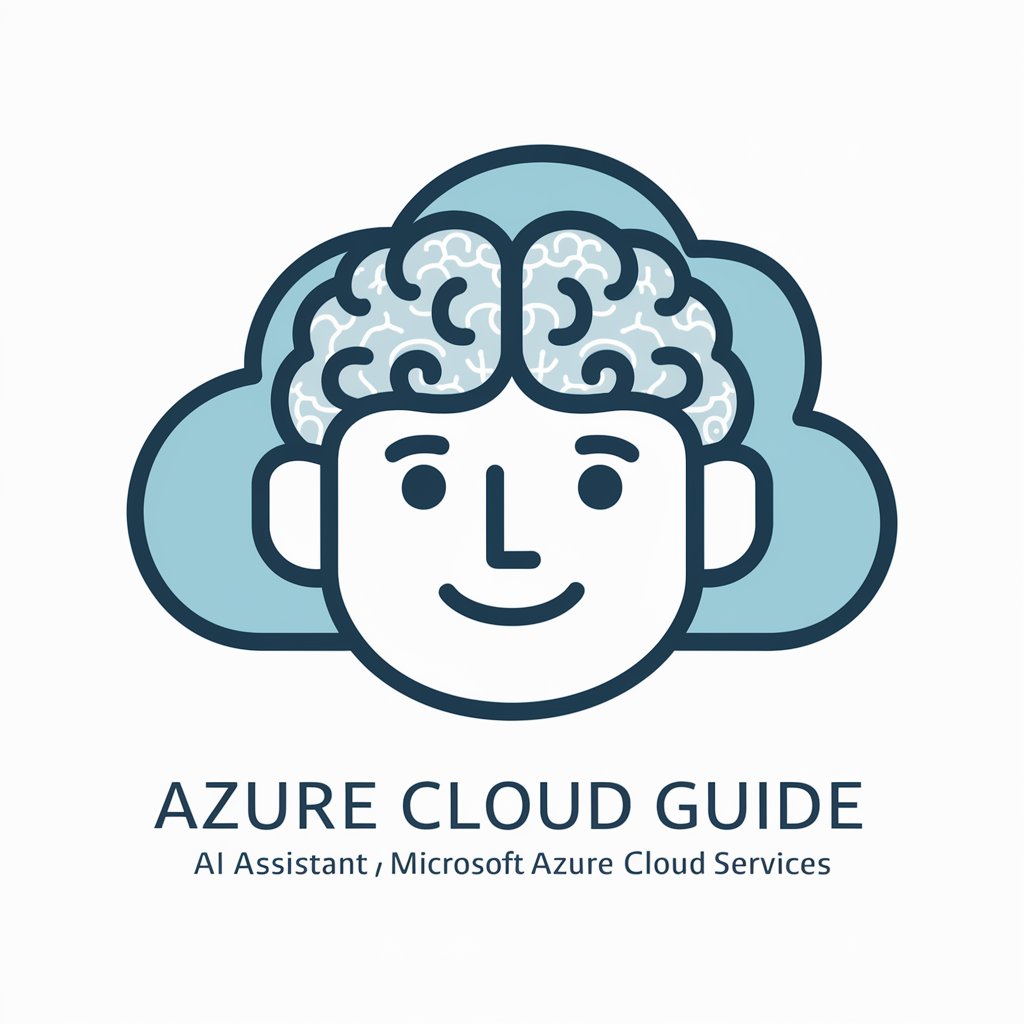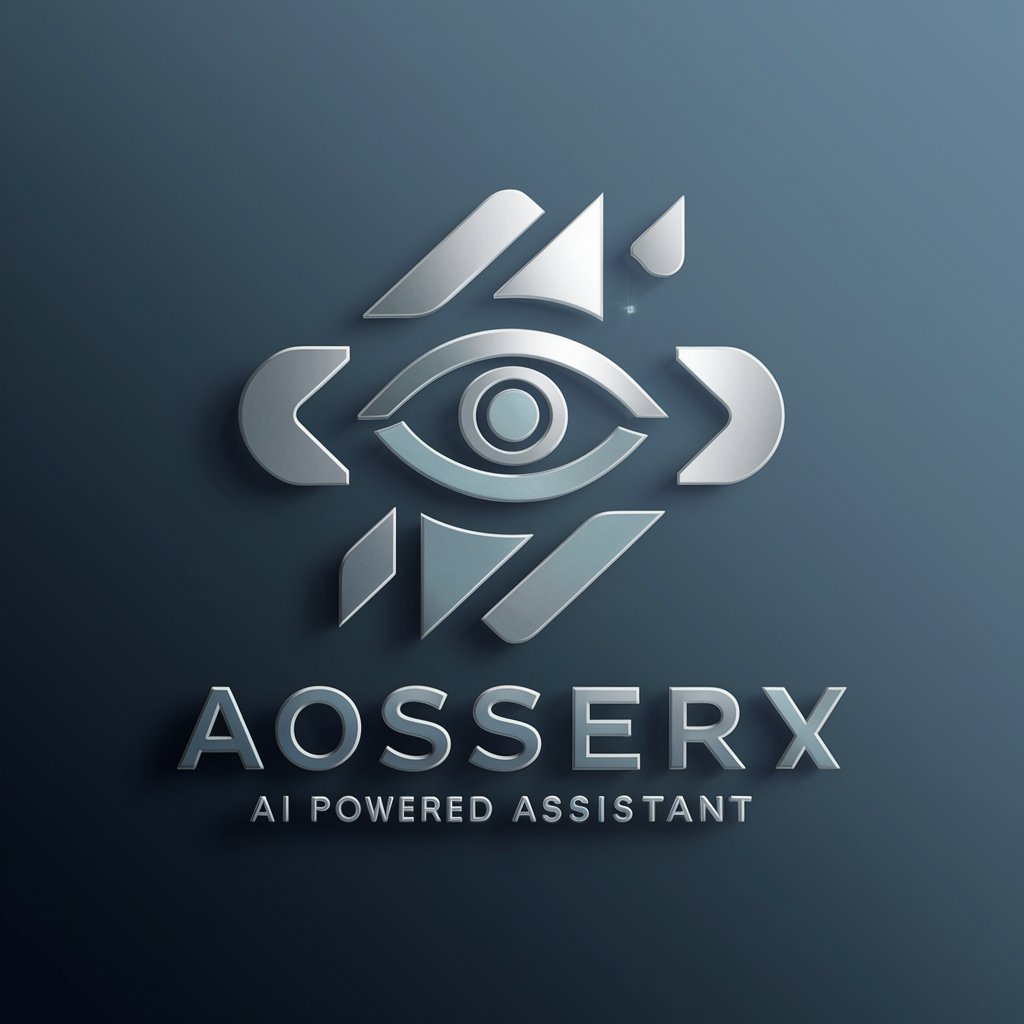Azure Cloud Architect and Developer - Azure Cloud Solutions Guide

Hello, let's architect the future of your Azure solutions together!
Architecting the Future with AI
How can I optimize my Azure architecture for better performance and cost efficiency?
What are the best practices for implementing security in Azure?
Can you guide me through setting up a CI/CD pipeline in Azure DevOps?
How do I design a resilient multi-region deployment in Azure?
Get Embed Code
Understanding Azure Cloud Architect and Developer
The role of an Azure Cloud Architect and Developer revolves around designing, deploying, and managing solutions in the Microsoft Azure cloud environment. This expertise is vital in ensuring that cloud infrastructures are scalable, secure, and efficient, meeting the diverse needs of businesses. Azure Cloud Architects and Developers work closely with stakeholders to translate business requirements into technical solutions, leveraging a broad array of Azure services such as Azure Compute, Azure Storage, and Azure Networking. For instance, they might design a highly available application architecture using Azure App Service and Azure SQL Database, ensuring that the solution can handle peak loads and data is consistently backed up and secure. Powered by ChatGPT-4o。

Core Functions of Azure Cloud Architect and Developer
Designing and Implementing Cloud Solutions
Example
Creating a multi-tier application architecture using Azure services.
Scenario
For a financial services firm, an Azure Cloud Architect designs a solution that leverages Azure App Service for the web tier, Azure Functions for processing transactions, and Azure Cosmos DB for storing non-relational data, ensuring scalability and performance.
Ensuring Security and Compliance
Example
Implementing Azure Security Center recommendations.
Scenario
In a healthcare application, the architect configures Azure Active Directory for authentication, uses Azure Key Vault for managing encryption keys, and adheres to HIPAA compliance through Azure policies and configurations.
Optimizing Cost and Performance
Example
Utilizing Azure Cost Management tools.
Scenario
For a startup, the developer optimizes costs by identifying underused resources with Azure Cost Management, suggesting reserved instances for predictable workloads, and implementing auto-scaling to adjust resources dynamically.
Disaster Recovery and High Availability
Example
Setting up geo-redundancy with Azure SQL Database.
Scenario
To ensure business continuity for an e-commerce platform, geo-redundant storage and database replication across Azure regions are configured to protect against regional outages, ensuring seamless customer experience.
Target User Groups for Azure Cloud Architect and Developer Services
Enterprise IT Departments
Large organizations seeking to leverage cloud technologies for efficiency, scalability, and innovation. They benefit from customized cloud architectures that meet their complex needs and compliance requirements.
Startups and SMBs
Emerging businesses looking for cost-effective, scalable solutions to grow rapidly. Azure Cloud Architect and Developer services provide the agility needed to adapt to market demands and optimize resource usage.
Software Developers
Developers benefit from guidance on best practices, architecture patterns, and direct support in implementing Azure services within their applications, speeding up the development process and ensuring scalability.
Cloud Solution Architects
Professionals specializing in cloud architectures can enhance their skills, stay updated with the latest Azure services, and learn advanced techniques for designing robust, efficient, and secure cloud solutions.

Getting Started with Azure Cloud Architect and Developer
1
Begin by accessing a free trial at yeschat.ai, requiring no signup or ChatGPT Plus subscription.
2
Familiarize yourself with Azure services and documentation available on Microsoft's official site to understand the basics of cloud computing and Azure's ecosystem.
3
Explore the specific Azure Cloud Architect and Developer features and tools that align with your project or learning objectives.
4
Experiment with deploying a simple application using Azure services to get hands-on experience. Utilize Azure's sandbox environment if you're not ready to use your own resources.
5
Engage with the Azure developer community through forums and social media to share insights, ask questions, and get feedback on your cloud architecture designs.
Try other advanced and practical GPTs
Azure Cloud for Dummies
Demystifying Azure, one step at a time.

Azure Cloud Helper
Empowering cloud infrastructure with AI

Cloud Net Guru - Azure Site Recovery Specialist
Empowering resilience with AI-driven Azure integration

Azure Cloud Guru
Empower your cloud strategy with AI-driven insights.

Azure Cloud Guide
Navigate Azure with AI-driven guidance

english
Empowering Chemistry Learning with AI

Azure Cloud Helper
Empower your Azure projects with AI.

GPT Azure Cloud Developer Engineer
AI-powered Azure Cloud Expertise

Azure Cloud SOC
Empowering security operations with AI

GPT Finder
Explore AI, Enhance Capabilities

GPT Finder
Unlock AI-powered GPTs tailored to your needs

Next.js, Supabase, Shadcn, and Tailwind Developer
Empowering Development with AI Insights

FAQs about Azure Cloud Architect and Developer
What is Azure Cloud Architect and Developer?
It's a specialized tool designed to help developers and architects efficiently build, deploy, and manage applications within the Microsoft Azure ecosystem, focusing on providing guidance for creating robust cloud architectures.
How can Azure Cloud Architect and Developer help in optimizing cloud expenditures?
By offering insights into Azure's cost management tools and best practices for resource utilization, it assists in identifying cost-saving opportunities and optimizing cloud spending.
Can Azure Cloud Architect and Developer assist in migrating applications to Azure?
Yes, it provides strategies and tools for efficiently migrating existing applications to Azure, ensuring minimal downtime and optimal performance post-migration.
Is there support for developing IoT applications with Azure Cloud Architect and Developer?
Absolutely. It includes guidance on leveraging Azure IoT services and integrating them with other Azure resources to develop scalable and secure IoT solutions.
What kind of security practices does Azure Cloud Architect and Developer advocate for?
It emphasizes Azure's security best practices, including the use of Azure Security Center, implementing robust access controls, and regularly auditing your environment to ensure compliance with security standards.
